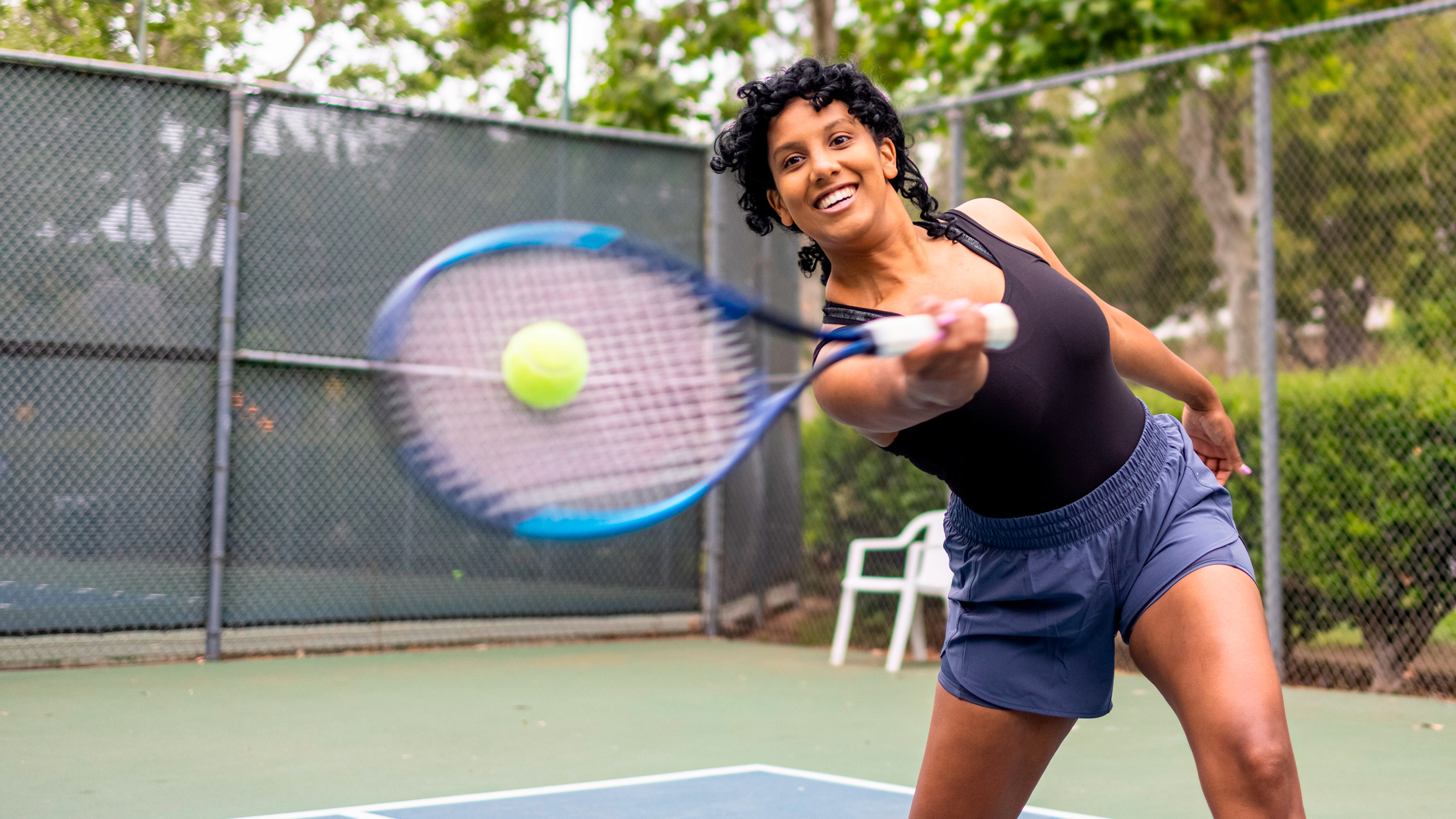Grow and sculpt your leg and glute muscles with this 20-minute dumbbell workout
Use this time-saving lower-body session to develop muscle in your legs and glutes


Having a strong lower body will aid everyday tasks, whether that involves walking, getting out of a chair, or while performing various forms of exercise such as cycling or squatting with a barbell. You don't have to dedicate all of your weekly fitness time to the lower body; instead, you can fit this 20-minute dumbbell routine to train your legs and glutes into your weekly fitness regime.
Anyone who is newer to resistance training may be put off training with a barbell or other lower body machines but you can still get similar results from a dumbbell leg workout if you continue to progress up the weights the more you train. A pair of the best adjustable dumbbells are well suited to this approach as you are able to change the load of these weights to what suits your strength abilities.
The short session, created by fitness instructor Mikala Czubak (who is best known online for her workouts as Fitbymik), involves back-to-back compound sets. For this workout style you will complete intervals of 45 seconds, followed by 30 seconds of another move, followed by 15 seconds of rest.
Watch Fitbymik's 20-minute lower body dumbbell workout
If you're short on time this workout is a convenient one to pick up. This is because it uses compound moves, a type of exercise that engages multiple muscle groups simultaneously so that you can complete more exercise in less time. The added bonus is that it will also help you burn calories fast. Calories burn quicker when multiple muscles and joints are in use.
It's not uncommon to experience a plateau in your fitness. We've all felt a lull at some point or another, whether that's because we can't commit as much time as we thought we could to a training plan or because we aren't seeing or feeling results quick enough. This is where progressive overload is good to adopt into your training.
Progressive overload involves increasing the weight, frequency, or number of reps in your resistance training. Essentially, this process 'overloads' your muscles and encourages your body to repair and build new muscle fibers. If you go the other way with your training and progress too fast, you risk injuring yourself or bringing on unwanted fatigue.
However, don't be alarmed if you do experience pain or tension in your legs and glutes after a weighted lower body session. DOMS, which stands for delayed onset muscle soreness, is a muscle pain brought on by working out and most of the time is a sign that you have worked your body enough that your muscles are adapting to your training. Using one of the best foam rollers to massage your muscles after a workout can help to lower the symptoms and aid your recovery.
Get the Fit&Well Newsletter
Start your week with achievable workout ideas, health tips and wellbeing advice in your inbox.
Jessica is an experienced fitness writer with a passion for running. Her career in journalism began in local news and she holds a Masters in journalism. Jessica has previously written for Runners World, penning news and features on fitness, sportswear and nutrition.
When she isn't writing up news and features for Fit&Well covering topics ranging from muscle building, to yoga, to female health and so on, she will be outdoors somewhere, testing out the latest fitness equipment and accessories to help others find top products for their own fitness journeys. Her testing pairs up nicely with her love for running. She recently branched out to running 10Ks and is trying to improve her time before moving on to larger races. Jessica also enjoys building on her strength in the gym and is a believer in health and wellness beginning in the kitchen. She shares all of this on her running Instagram account @jessrunshere which she uses for accountability and for connecting with like-minded fitness lovers.
-
 I do these two things every day to stay fit and healthy, says the newest star trainer on Chris Hemsworth's fitness app
I do these two things every day to stay fit and healthy, says the newest star trainer on Chris Hemsworth's fitness appHere's how Centr's Korey Rowe trains for longevity
By Sam Rider Published
-
 I thought sports weren't for me, until I realised they're a game-changer for ticking off cardio
I thought sports weren't for me, until I realised they're a game-changer for ticking off cardioI swapped HIIT and running for tennis—and I've never felt better
By Alice Porter Published